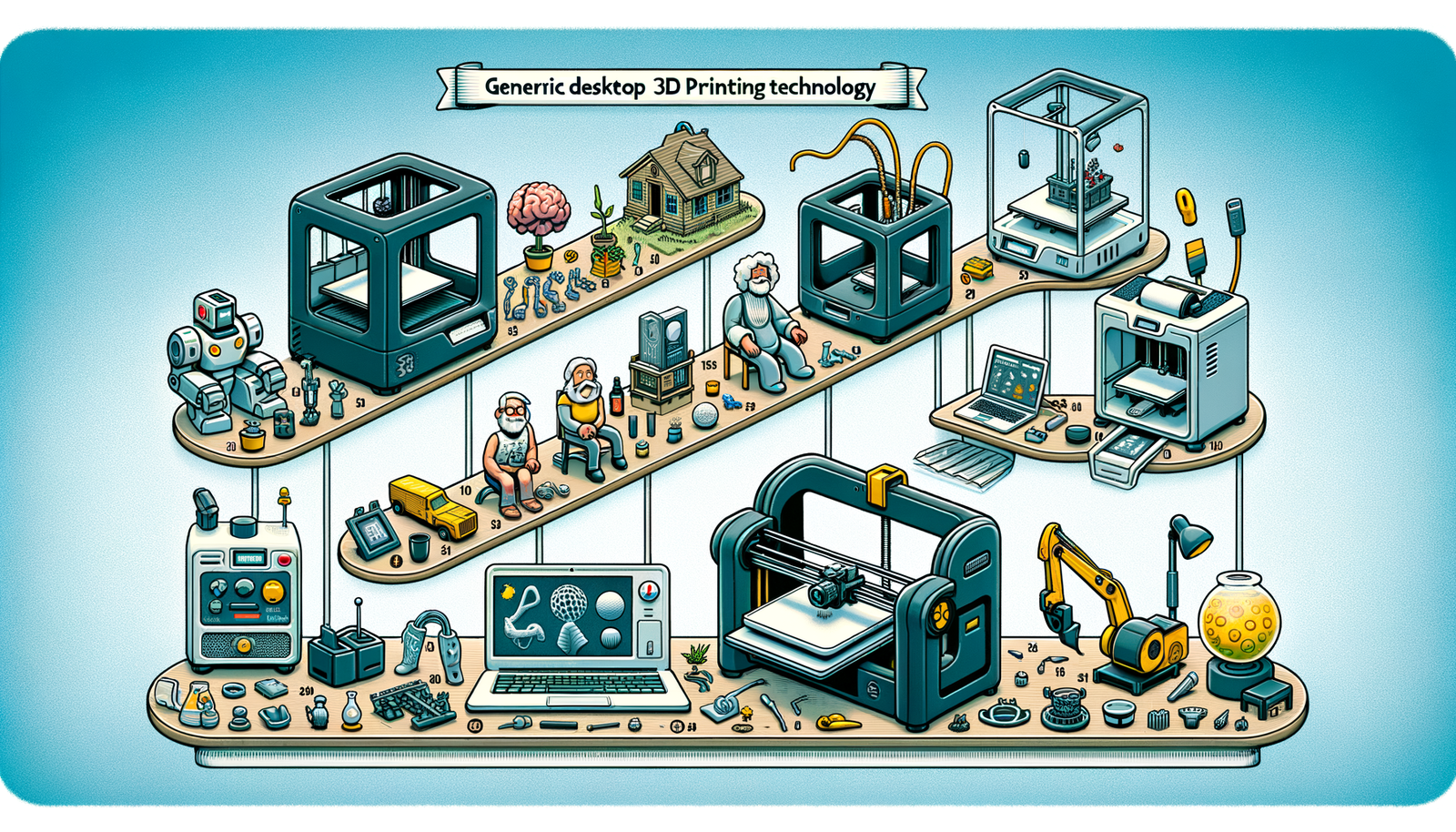Your Cart is Empty
Customer Testimonials
-
"Great customer service. The folks at Novedge were super helpful in navigating a somewhat complicated order including software upgrades and serial numbers in various stages of inactivity. They were friendly and helpful throughout the process.."
Ruben Ruckmark
"Quick & very helpful. We have been using Novedge for years and are very happy with their quick service when we need to make a purchase and excellent support resolving any issues."
Will Woodson
"Scott is the best. He reminds me about subscriptions dates, guides me in the correct direction for updates. He always responds promptly to me. He is literally the reason I continue to work with Novedge and will do so in the future."
Edward Mchugh
"Calvin Lok is “the man”. After my purchase of Sketchup 2021, he called me and provided step-by-step instructions to ease me through difficulties I was having with the setup of my new software."
Mike Borzage
Design Software History: The Evolution and Impact of Formlabs in Desktop 3D Printing Technology
June 20, 2024 5 min read

Design Software History
The Genesis and Vision of Formlabs
Founding and Early Days
Formlabs was founded by three visionary innovators: Maxim Lobovsky, Natan Linder, and David Cranor. The seeds of this influential company were sown at the MIT Media Lab, an interdisciplinary research laboratory that focuses on the convergence of technology, multimedia, and design. The founders pooled their diverse expertise and shared a common vision – to make high-resolution 3D printing accessible to a broader audience. Their initial objectives were to create a user-friendly, cost-effective 3D printer that could deliver professional-quality results, a significant departure from the expensive and complex industrial-grade printers that dominated the market.

Kickstarter Campaign
The transformative journey of Formlabs took a significant leap forward in 2012 with the launch of their first product, the Form 1, on Kickstarter. The campaign was an overwhelming success, far surpassing its initial funding goal and garnering substantial community support. The Form 1's Kickstarter campaign not only validated the founders' vision but also highlighted the potential of crowdfunding as a powerful tool for bringing innovative products to market. The campaign's success underscored the importance of community engagement and pre-orders in ensuring the viability of early-stage development.
Technological Innovations and Product Evolution
Introduction of Form 1
The Form 1 was a groundbreaking product that showcased the potential of desktop 3D printing. Unlike traditional filament-based 3D printers, the Form 1 utilized Stereolithography (SLA) technology, which involves curing liquid resin layer by layer using a laser. This method allowed for significantly higher resolution and finer details in printed objects. The market reception of the Form 1 was overwhelmingly positive, with users praising its precision, ease of use, and affordability. The Form 1 set a new standard for desktop 3D printing and paved the way for subsequent innovations.
Subsequent Models and Improvements
Building on the success of the Form 1, Formlabs continued to innovate and refine their product lineup. The Form 2 introduced several enhancements, including improved reliability, a larger build volume, and a more user-friendly interface. The Form 2 further solidified Formlabs' reputation for producing high-quality, accessible 3D printers.
The evolution continued with the introduction of the Form 3 and Form 3L, which featured groundbreaking innovations in Low Force Stereolithography (LFS). This new technology reduced the forces exerted on the printed object during the printing process, resulting in even higher precision and reduced wear on the printer's components. Additionally, Formlabs introduced the Form Wash and Form Cure, advanced post-processing solutions that streamlined the cleaning and curing of printed objects, further enhancing the user experience.
Software Ecosystem
Central to the success of Formlabs' hardware innovations was their comprehensive software ecosystem. PreForm software provided users with a user-friendly interface and robust functionalities for preparing 3D models for printing. The software's intuitive design made it accessible to both novice and experienced users. Additionally, the Dashboard feature enabled cloud connectivity and fleet management, allowing users to monitor and manage multiple printers remotely. This software ecosystem played a crucial role in enhancing the overall usability and efficiency of Formlabs' products.
Market Impact and Industry Disruption
Accessibility and Democratization of 3D Printing
Formlabs' innovations brought high-resolution 3D printing to the desktop, democratizing access to this powerful technology. By offering professional-grade capabilities at a fraction of the cost of industrial printers, Formlabs empowered a wide range of users to leverage 3D printing for various applications. The company's commitment to accessibility and user-friendliness made 3D printing more approachable and practical for individuals and small businesses.
Formlabs' printers provided a viable alternative to traditional industrial-grade printers, which were often prohibitively expensive and required specialized knowledge to operate. This shift in accessibility had a profound impact on the 3D printing landscape, enabling a broader audience to explore the possibilities of additive manufacturing.
Target Industries and Use Cases
Formlabs' printers found applications across a diverse range of industries, including dental, jewelry, engineering, and education. The precision and versatility of SLA technology made it particularly well-suited for creating detailed and intricate designs, which was highly valued in the dental and jewelry sectors. Engineers and designers also leveraged Formlabs' printers for rapid prototyping and product development, benefiting from the ability to quickly iterate and refine their designs.
- Dental: Custom dental models, surgical guides, and aligners.
- Jewelry: High-resolution casting patterns and intricate designs.
- Engineering: Rapid prototyping and functional testing of components.
- Education: Enhancing STEM learning with hands-on 3D printing experiences.
Competition and Market Position
In the competitive landscape of desktop 3D printing, Formlabs faced several key competitors, including MakerBot, Ultimaker, and Prusa Research. However, Formlabs distinguished itself through its commitment to SLA technology, which offered superior resolution and detail compared to the more common Fused Deposition Modeling (FDM) printers. This differentiation, combined with a strong emphasis on user experience and a robust software ecosystem, positioned Formlabs as a leader in the desktop 3D printing market.
Future Directions and Legacy
Continuous Innovation and R&D
Formlabs has consistently demonstrated a commitment to continuous innovation and research and development. The company invests heavily in exploring new materials, printing technologies, and applications to expand the capabilities of their products. Future product lines are expected to build on the success of the Form 3 and Form 3L, incorporating advanced features and further enhancing the user experience.
Insights into Formlabs' research initiatives reveal a focus on pushing the boundaries of what is possible with desktop 3D printing. This includes developing new materials with unique properties, improving printing speeds, and enhancing the overall reliability and ease of use of their printers.
Industry Influence and Formlabs' Legacy
Formlabs' contributions to the growth of desktop 3D printing and additive manufacturing have been substantial. The company's innovations have set new standards for quality and accessibility, influencing industry practices and inspiring other companies to explore the potential of SLA technology. Formlabs' printers have become a benchmark for precision and usability, driving the adoption of 3D printing across various sectors.
Formlabs' legacy is not only defined by its products but also by its impact on the broader additive manufacturing industry. The company's emphasis on user-friendly design and accessible pricing has played a pivotal role in making 3D printing more widespread and integrated into everyday workflows.
Vision for the Future
Looking ahead, Formlabs envisions a future where 3D printing is an integral part of manufacturing ecosystems. The company's focus on innovation and user-centric design positions it to play a key role in shaping the future of additive manufacturing. Formlabs aims to continue driving advancements in 3D printing technology, exploring new applications, and expanding the possibilities for creators and businesses alike.
Moreover, Formlabs' broader impact on innovation and design processes across industries underscores its significance. By making high-resolution 3D printing accessible to a wider audience, Formlabs is fostering a culture of creativity and experimentation, ultimately contributing to the advancement of technology and design.
In conclusion, the story of Formlabs is a testament to the transformative power of innovation and vision. From its humble beginnings at the MIT Media Lab to its position as a leader in desktop 3D printing, Formlabs has consistently pushed the boundaries of what is possible with additive manufacturing. The company's commitment to accessibility, user experience, and continuous improvement has not only revolutionized 3D printing but also paved the way for future advancements in the field.
Also in Design News

Rhino 3D Tip: FilletEdge and ChamferEdge — Best Practices and Troubleshooting
December 18, 2025 2 min read
Read MoreSubscribe
Sign up to get the latest on sales, new releases and more …




